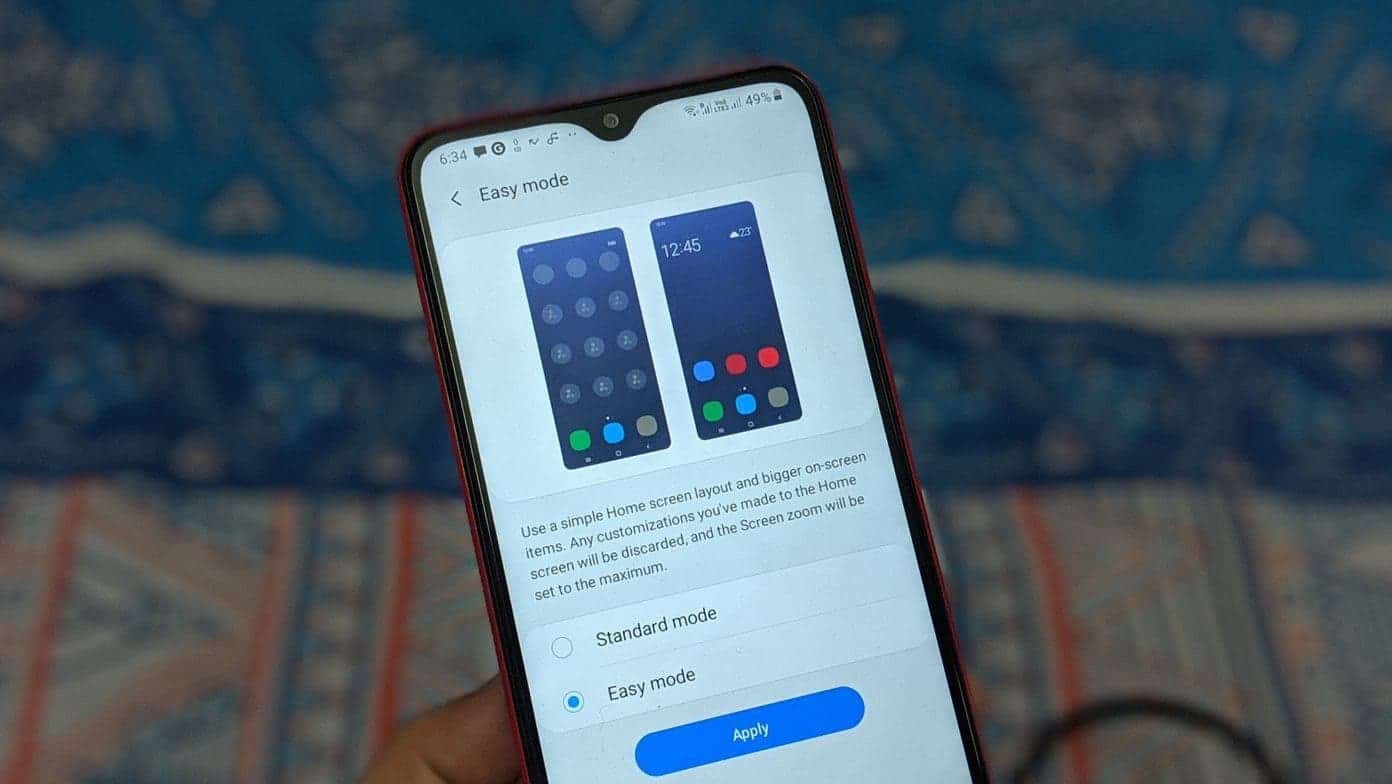EXCITING FEATURES COMING TO ANDROID 15

Every year, we excitedly anticipate the release of fresh editions for our beloved operating system. The deployment of Android 14 has been underway for six months, reaching a diverse array of devices. Now, our attention turns to the forthcoming Android 15, of which certain features are already known.
Although we have nearly six months to go before witnessing the next version, the anticipated launch is expected to coincide with the debut of the Pixel 9 in the fall. Nevertheless, snippets of information from beta versions and rumors have been gradually trickling in, building anticipation that I can hardly contain.
The upcoming update for our mobile devices includes a revamp of the WebView component. WebView is essentially an integrated browser that empowers third-party applications to navigate the web when needed.
While users of mid-range or high-end devices with robust hardware might not experience a significant impact, Android consistently strives for inclusivity. This enhancement holds particular significance for less powerful mobile phones. As it ensures that the WebView component doesn’t need to be reloaded each time. Instead, it will be retained in the RAM memory, preventing the need for a full reload from scratch and contributing to a more efficient and seamless web browsing experience on less potent devices.
The haptic engine in our Android phones has undergone significant improvements compared to earlier generations. I’ve personally observed these enhancements on my Pixel 6A, although there are distinctions noticeable when interacting with an Apple phone. The first Developer Preview of Android 15 has introduced a noteworthy enhancement: the brightness adjustment bar will now be responsive. This means that the vibration intensity corresponds to the brightness level set. While these changes may seem minor, they contribute significantly to the overall user experience. Haptic feedback is often underestimated in the realm of Android. And these improvements serve to elevate its impact on user interaction and satisfaction.
Swapping out the battery of our mobile phones is no longer as straightforward as opening the cover, as that is now a relic of the past. However, with a bit of skill or by seeking assistance from a technical service, it’s still feasible. A clear indicator of diminishing battery life is when the device’s autonomy starts to decline. And having Android notify us directly is certainly advantageous.
A new feature will debut in Android 15, offering guidance when the battery is degrading. Originally intended for Android 14 QPR2 (an update that rolled out recently), it will now be implemented by manufacturers in the forthcoming Android 15, providing users with valuable insights into the health of their device’s battery.
A welcome development for tech enthusiasts! Leveraging the fact that Android operates on a Linux kernel with specific adaptations and patches, it’s now edging closer to its foundational roots. The Pixels, Google’s flagship devices, will advance to version 6.1. Aligning more closely with the current mainline version, 6.7.
Google has diligently worked over the years to minimize the need for changes in the Android kernel. Though a complex task, this effort brings the platform nearer to its original state. The benefits extend beyond enhanced security, encompassing performance improvements and support for new hardware. While these changes might be somewhat inconspicuous and have a less noticeable impact, they represent a crucial shift. Anticipation for Android 15 is building. And while significant design alterations may not be on the horizon, subtle tweaks should take place. However, this doesn’t diminish the version’s relevance. Despite the wait for its official release, developers and beta versions will likely offer insights into the exciting path Android is heading.






Comments
Post a Comment